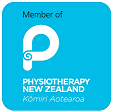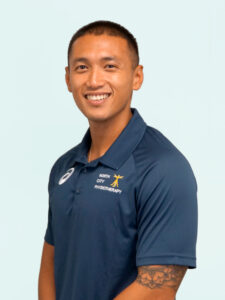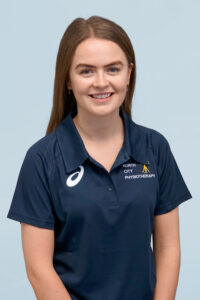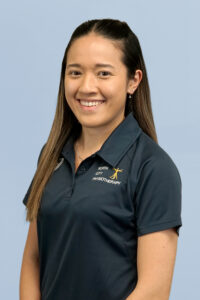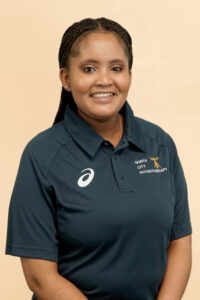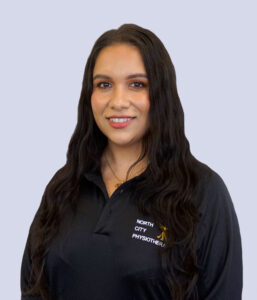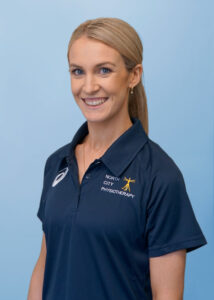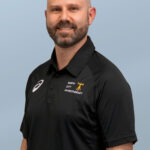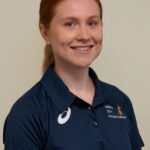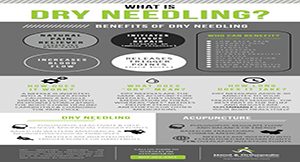
BY MAUMAHARA KEELAN – SENIOR PHYSIOTHERAPIST
“Acupuncture” involves the insertion of very fine needles into the skin for pain relief, healing and general health and well-being. Acupuncture is one branch of Chinese Medicine which has been used for over 3000 years. There are also different methods of using acupuncture that may not involve needles such as acupressure, moxibustion, laser and cupping.
In New Zealand, the term “Acupuncture” is generally considered to be a broad “umbrella” term which encompasses different philosophies of needling. You may hear it being referred to as:
- Traditional Chinese Acupuncture (TCM)
- Western/ Medical Acupuncture
- Dry Needling
Physiotherapists’ in New Zealand may practice one or a mixture of these.
At North City Physiotherapy we can provide Dry Needling. This involves “rapid” short term needling to dysfunctional tissues in order to improve or restore function. This is a practice utilised by both Traditional and Western Acupuncturists.
When Physiotherapists’ use Dry Needling, a needle is placed into the trigger point in the affected muscle until a “twitch” is felt in the muscle, aiming to reproduce the patient’s symptoms and the needles are generally not left in place.
The muscle may then be stretched or activated to improve muscle function. Heat or ice packs may also be applied after treatment to help relieve post-treatment soreness. As this is a very strong stimulation of the nerve endings, the patient will usually feel a very strong aching sensation and may also feel the twitch response as the trigger point is needled during the treatment. Post treatment aching may continue for up to 48 hours.
See the table for a summary of Dry Needling and it’s comparison to Acupuncture:


